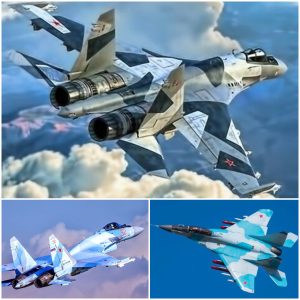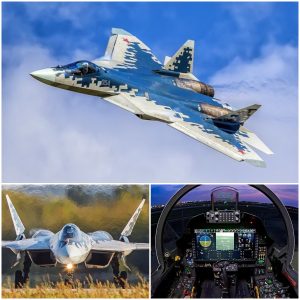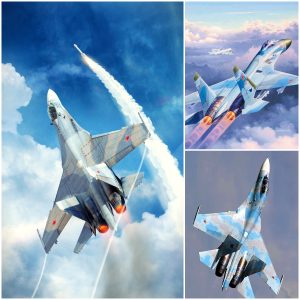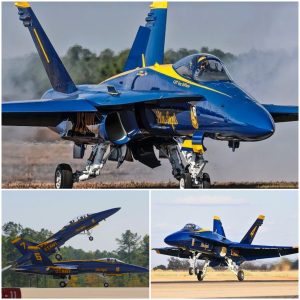The B-2 Spirit, often referred to as the “Sky Assassin,” stands as a pinnacle of modern stealth technology and strategic military engineering. Conceived during the Cold War, this advanced bomber was designed with a singular purpose: to penetrate the most sophisticated air defenses and deliver devastating payloads to key targets, specifically within the Soviet Union. The B-2’s development reflects a period of intense geopolitical tension and technological innovation, driven by the need to maintain a strategic advantage.

The B-2 Spirit is a product of the United States’ efforts to counter the formidable air defense systems of the Soviet Union. Traditional bombers were becoming increasingly vulnerable to radar detection and surface-to-air missiles. Thus, a new type of aircraft was required, one that could evade detection and deliver nuclear or conventional bombs deep within enemy territory. The result was the B-2 Spirit, a revolutionary aircraft incorporating stealth technology to minimize its radar cross-section and infrared signature.
One of the most distinctive features of the B-2 is its unique flying wing design, which not only enhances its aerodynamic efficiency but also significantly reduces its radar visibility. This design, combined with advanced composite materials and coatings, allows the B-2 to slip through enemy radar networks undetected. The aircraft’s ability to fly undetected into heavily defended airspace was a game-changer, providing the U.S. Air Force with a strategic bomber capable of reaching targets that were previously considered invulnerable.

The development of the B-2 Spirit was shrouded in secrecy. Initiated in the 1970s, its existence was not publicly acknowledged until the late 1980s. The project, managed by Northrop Grumman, involved cutting-edge technologies and significant financial investment. Each B-2 costs approximately $2 billion, making it one of the most expensive aircraft ever built. Despite its cost, the capabilities it brought to the U.S. military were unparalleled.
The B-2’s operational history has proven its worth. It saw its first combat use during the Kosovo War in 1999, where it performed bombing missions with precision and effectiveness. Since then, the B-2 has been deployed in various conflicts, including in Afghanistan, Iraq, and Libya, demonstrating its versatility and reliability. Its ability to carry both nuclear and conventional weapons makes it a key component of the U.S. strategic deterrence and global strike capabilities.
The strategic importance of the B-2 Spirit extends beyond its technical specifications. It represents a shift in military strategy towards the use of stealth technology and precision strikes. In the context of the Cold War, the B-2 was a symbol of technological superiority and a deterrent against Soviet aggression. Its ability to penetrate deep into enemy territory and deliver precise attacks was a crucial factor in maintaining the balance of power.
In conclusion, the B-2 Spirit, aptly nicknamed the “Sky Assassin,” was born out of the necessity to counter the Soviet Union’s formidable air defenses. Its advanced stealth capabilities and strategic bombing potential made it a revolutionary addition to the U.S. military arsenal. While the Cold War has ended, the B-2 Spirit continues to serve as a vital asset, reflecting the enduring legacy of Cold War-era innovations in modern military strategy.





